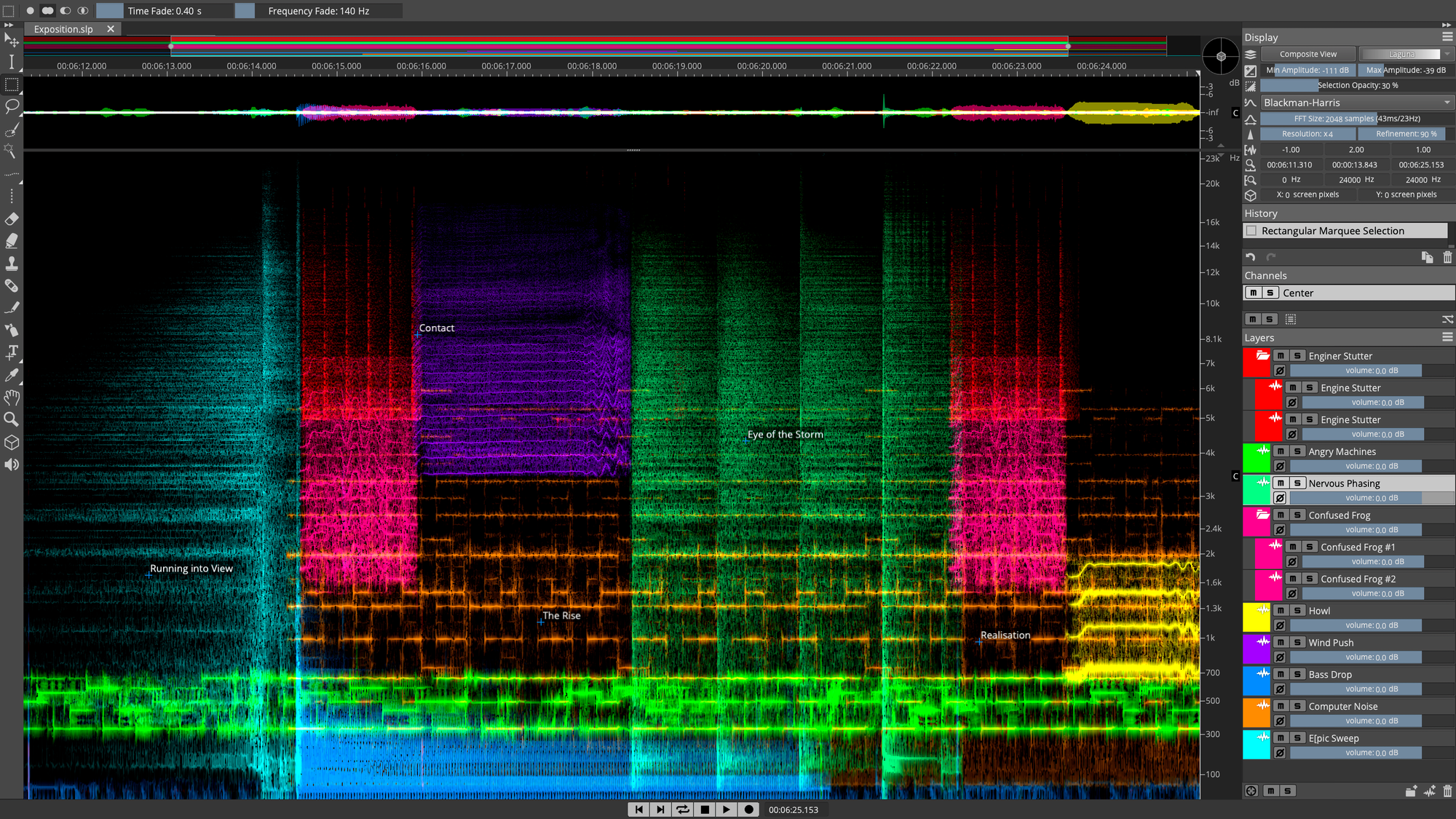


Debuted in SpectraLayers 8, the de-bleed process works across multiple layers, making it easy to reduce the amount of spill from other tracks. It joins the AI-driven Unmix Stems and Unmix Components processes as another way of preparing audio for deep editing with the manual editing tools.Īnother is an expanded, AI-assisted De-Bleed process. Each layer can be independently previewed before executing the process. These include the Unmix Level process, a much-requested feature which lets users divide one layer into two, based on a user-selected amplitude split point. There are several more essential new features in SpectraLayers 9. In addition, fully configurable Tool presets with a range of default options are now available, helping users to create the right tool settings more quickly. A default or custom Process preset can be used as a starting point, the user monitoring process changes in real time, saving further presets and using them as reference points. Speed of workflow is also at the heart of the new Process and Tool presets. Dialog boxes also now stay open after applying processes, letting users easily perform multiple changes without having to reopen the process dialog for each one. For example, the playhead can be moved, selections changed, layers switched and adjustments made, with all changes monitored in real time.

Another way SpectraLayers 9 makes editing faster is that dialog boxes are now non-modal, allowing users to work freely anywhere in the interface, even while a process dialog is open.


 0 kommentar(er)
0 kommentar(er)
